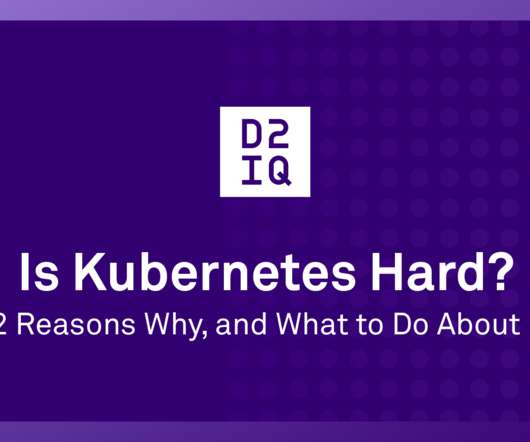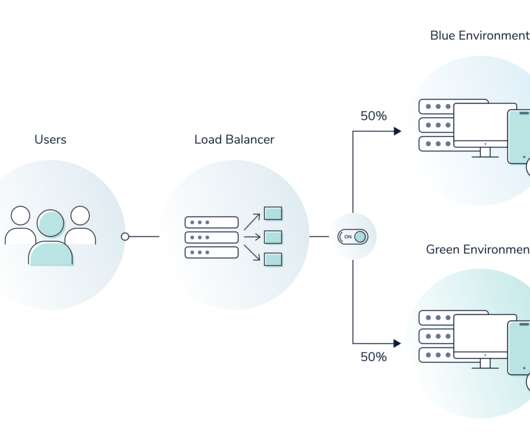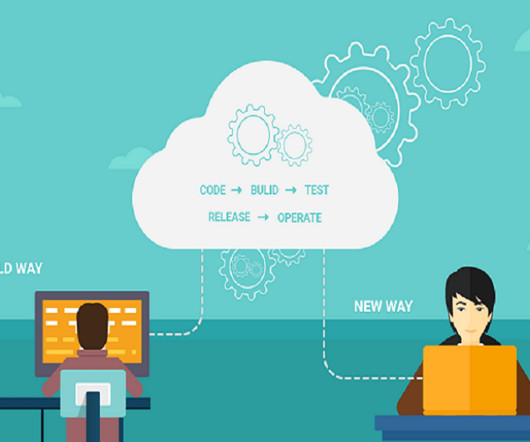Is Kubernetes Hard? 12 Reasons Why, and What to Do About It
d2iq
JULY 18, 2022
5) Configuring a load balancer The first requirement when deploying Kubernetes is configuring a load balancer. Without automation, admins must configure the load balancer manually on each pod that is hosting containers, which can be a very time-consuming process.














Let's personalize your content